
Active Reading
Many of us work hard to read the Bible through in a year. That’s a great goal- one that is to be commended. The more we read the Bible through, the better. This is a type of reading known as ‘passive reading’. We have another Bible reading tool that every Bible reader should have in their toolbox- a type of reading known as ‘active reading’.
Active reading allows us to slow down and take our time with a text. I’ve noticed that I miss a lot of things if all I do is read fast to meet a yearly goal. I can easily read over something and have no idea what I just read. Passive reading allows me to read without really thinking about the text. For me, this type of reading has a low retention rate.
In order to help my understanding of a text, I like to read actively. Active reading has many benefits. Active reading helps the reader to visualize what they’re reading, making connections between what they’re reading and events in their own life.
Active reading is interacting with the text, asking questions about what is happening and why. This promotes understanding and builds reading-retention, making the reading more profitable.
Always include prayer in your reading. This will allow God to open your understanding.
Pro 2:3-5 KJV 3 Yea, if thou criest after knowledge, and liftest up thy voice for understanding; 4 If thou seekest her as silver, and searchest for her as for hid treasures; 5 Then shalt thou understand the fear of the LORD, and find the knowledge of God.
The more we read with prayer and an honest heart, the more we will understand God’s Word.
Our goal is to understand what the writer is trying to tell us, but we should not read into Scripture something that is not there. We should allow Scripture to interpret Scripture.
The goal in active reading is to identify the main points and supporting details of a text. Active reading includes working with the text. This can be done in many ways. Write notes in the margin of your Bible; highlight significant words, phrases, sentences, ideas, thoughts, passages, etc. Be careful not to highlight everything, as too many highlights, markings, and underlining’s take away from the advantage of highlighting. The key is to mark in one way or another the most important points in the text.
There are many tools available to the active reader. I recommend writing questions in a notebook, marking your Bible, taking notes, and applying what you’ve learned.

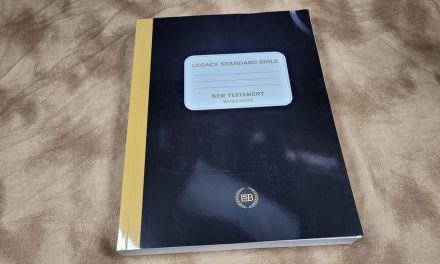
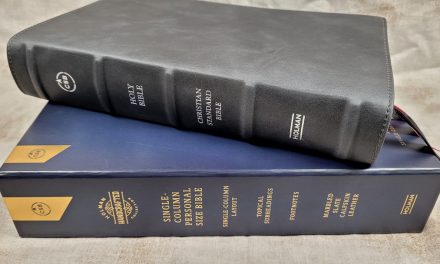
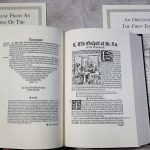
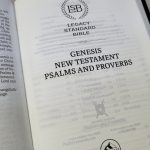

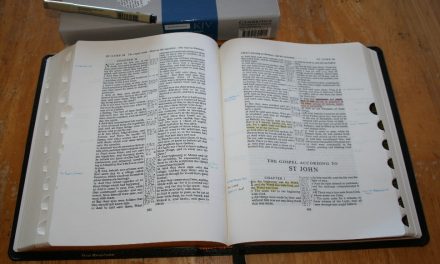
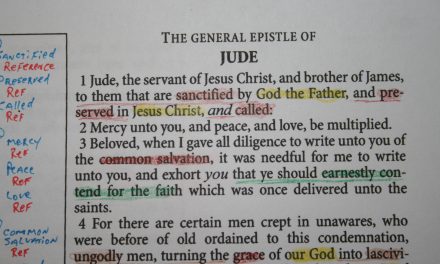





They say the Bible is the only book that you must know the Author inorder to understand it!